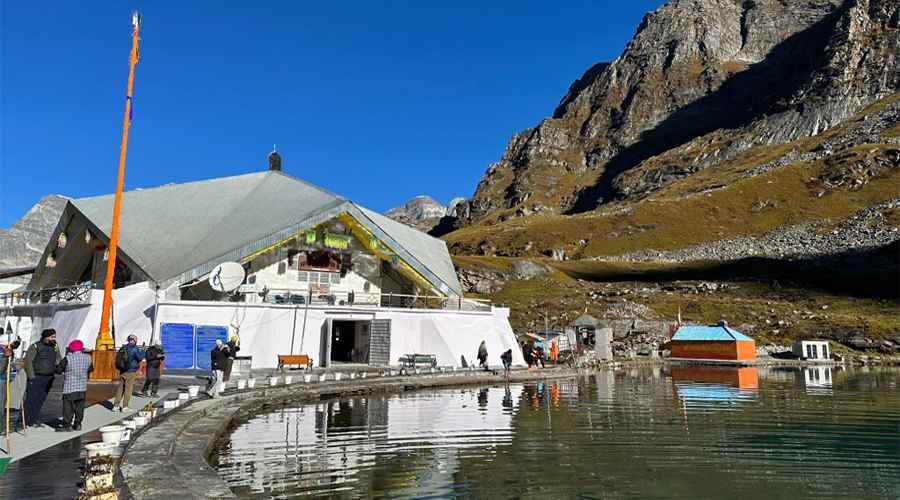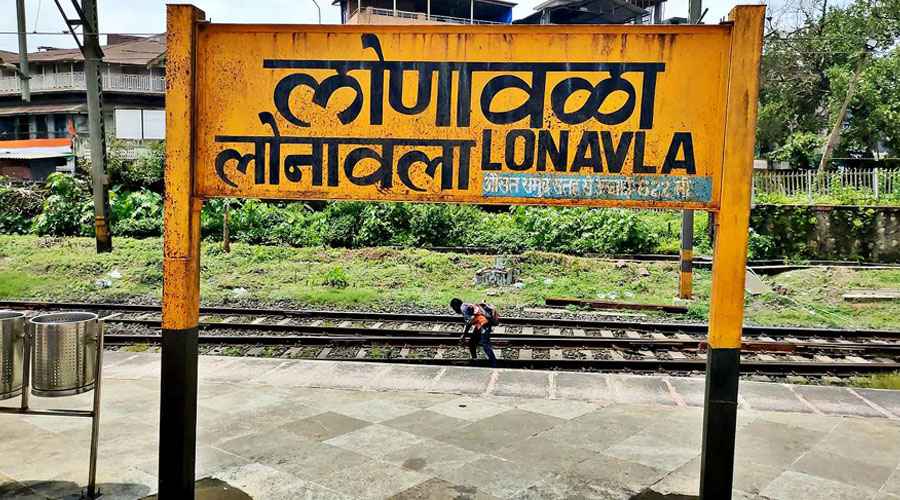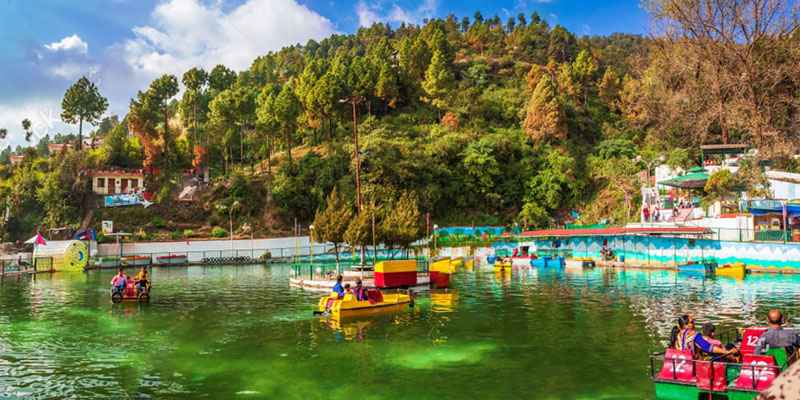Hawa Mahal, known as the “Palace of Winds,” stands as one of Jaipur’s most iconic and visually captivating architectural wonders. Built in 1799 by Maharaja Sawai Pratap Singh, this mesmerizing palace is located in the heart of Jaipur, Rajasthan, the Pink City of India. Crafted from exquisite red and pink sandstone, Hawa Mahal is renowned for its unique honeycomb façade comprising 953 small windows known as “jharokhas.” These latticework windows not only give the palace its distinctive appearance but also serve a rich cultural and historical purpose, combining aesthetics with royal privacy and climate control.
Historical Significance and Origins
The construction of Hawa Mahal was inspired by the Khetri Mahal located in Jhunjhunu, Rajasthan. Maharaja Sawai Pratap Singh, the grandson of Maharaja Sawai Jai Singh, who founded Jaipur, desired a palace that would serve as an extension of the royal City Palace and specifically cater to the royal women. During that era, the purdah system was strictly observed, whereby royal women had to live secluded lives and were forbidden from appearing in public or being seen by strangers.
To allow these women to observe everyday life, street festivities, and royal processions discreetly, Hawa Mahal was designed with hundreds of small windows fitted with intricate lattice screens. These screens enabled the women to enjoy a panoramic view of the bustling streets below without being visible outside. The architectural design was executed under the guidance of the architect Lal Chand Ustad. The palace’s five stories together resemble the crown of the Hindu god Krishna, a tribute by the devout Maharaja to his deity.
Architectural Marvel and Design Features
Hawa Mahal is a five-storied pyramidal structure that rises about 50 feet high. Its façade resembles a giant honeycomb, with its 953 small windows featuring delicate latticework known as jali. This lattice allows not only privacy but also facilitates the flow of cooled air throughout the palace, making it an early example of natural air conditioning. This phenomenon, known as the Venturi effect, helps keep the interiors significantly cooler during the scorching Rajasthani summers—thus justifying its name, the Palace of Winds.
The intricate carvings, arches, and decorated balconies display a brilliant fusion of Rajput, Mughal, and Islamic architectural styles. Despite the highly ornamental front façade, the interiors of the palace are relatively simple, boasting spacious chambers with marble inlaid panels and colored glasswork on some floors. Notably, the palace contains no stairs but instead has gently sloping ramps, facilitating the movement of palanquins carrying royal women.
Each of the five floors houses small temples, including the Sharad Mandir on the first floor, the Ratan Mandir with colorful glasswork on the second floor, and other temples at the upper levels, reflecting the religious devotion of the royal family.
Cultural Importance and Present-Day Status
Hawa Mahal remains a symbol of Jaipur’s rich cultural heritage and royal history. It connects visitors to the bygone era of the Rajput rulers, showcasing their lifestyle, architectural taste, and the socio-cultural norms prevalent at the time. Today, it is one of Jaipur’s most visited tourist attractions and a must-see for travelers exploring Rajasthan.
The monument was renovated in 2006 after a 50-year hiatus, with efforts made to preserve and maintain its original grandeur. The Unit Trust of India played a significant role in the palace’s upkeep. It is now under the jurisdiction of the Archaeological Department of Rajasthan, ensuring its conservation for future generations.
In recent years, the palace’s exteriors have been illuminated nightly to promote night tourism in Jaipur, enhancing its visual appeal and drawing tourists after sunset. The best times to visit the Hawa Mahal are during sunrise and sunset when the golden sunlight beautifully illuminates the pink and red sandstone, providing mesmerizing photo opportunities.
Visitors’ Experience and Museum
Visitors enter Hawa Mahal not from the front but through a side door, a fact not widely known. Inside, they are greeted by a large courtyard surrounded by double-storied buildings and a fountain. From the upper floors, one can enjoy panoramic views of the old city streets, markets, and the City Palace complex.
There is also an archaeological museum located within the palace complex. Established in 1983, the museum houses a collection of royal artifacts, including antique weapons, arrowheads, terracotta items, and other relics, offering visitors a glimpse into the royal lifestyle and history of Jaipur’s rulers.
How to Visit Hawa Mahal
Hawa Mahal is located at Badi Choupad in Jaipur, well within the city’s bustling market area. The nearest railway station is Jaipur Railway Station, about 5 kilometers away, and Jaipur International Airport is the closest airport. Most visitors prefer hiring a taxi or taking auto-rickshaws from the city center.
The palace is open daily from 9:00 am to 4:30 pm. Tickets are modestly priced, with an entry fee of 50 INR for Indian citizens and 200 INR for foreign tourists, making it a very accessible heritage site.
Lesser Known Facts
- The design features of Hawa Mahal go beyond aesthetics and privacy. The lattice windows and ventilation design create a natural cooling system, demonstrating an early understanding of climate-sensitive architecture.
- The palace’s shape is inspired by Krishna’s crown, and each floor is named after a temple located on it, reflecting the Maharaja’s devotion.
- Unlike typical palaces, Hawa Mahal has no grand entrance façade. Instead, its main entrance lies on the side, surprising many first-time visitors.
- The sloping ramps inside were built to facilitate the royal ladies traveling in palanquins to ascend floors without using stairs, showcasing the consideration given to their comfort.
Hawa Mahal is not just a palace but a narrative carved in stone capturing the essence of royal India, its traditions, and architectural brilliance. For any traveler visiting Jaipur, it remains a symbol of the Pink City’s royal heritage and a testament to the ingenious design that marries function with beauty.







